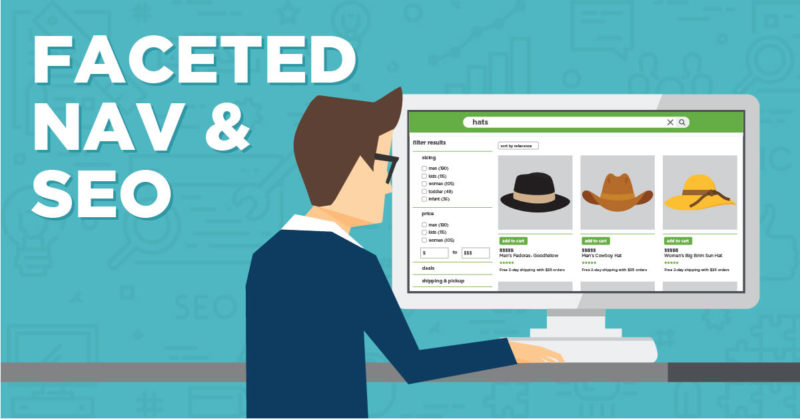
At the core of SEO is the concept of Value.
Creating value for users and the internet as a whole is the objective of all
major search engine companies that we are all using. Many websites think that
adding value to consumers and the internet as a whole is a matter of simply
indexing massive amounts of URLs to their site. However for the e-commerce site
that over indexes their faceted navigation pages there is more harm than good,
especially when many of these added pages have little to no Value for
consumers. Search Engine Providers see these low-value URLs as "thin
content" and in many cases will actually issue a thin content penalty.
In this article, we are going to look at common
uses of indexing, how over indexing can significantly drop traffic to your
site, and some useful workarounds to follow for finetuning your index criteria.
By the end of this article, you should better understand how to add value to
consumers and drive traffic to your site with proper indexing of your faceted
navigation pages.

First, let us look at the benefits of mass
indexing of faceted navigation pages and at what point it starts to lose value.
Mass indexing on E-commerce sites allows users to easily navigate to the exact
product URL they want via filters, and once on the correct page, they can
easily share the URL with friends and family member driving more traffic to
your site. Let's say your e-commerce site sells multiple brands of eyeliner.
Think about all the filters and combinations which can be used to find
products. Here are some common filter categories we will use as an example.
-10 Brand filters
-48 Color filters
-5 Price range filkers
-12 Attribute
-4 Skin type filters
-3 Gender filters
-7 Featured products filters
-3 New arrivals filters
-4 Customer review filters
That makes for a whopping 29,030,400 possible
variations of URLs, now that's a lot of different types of eyeliner, but it's
more than likely that most of those filters will yield URLs that have only one product
per page red-flagging your sit as a provider of thin content. Remember that
search engine providers are looking to add value per click, so having only one
item on a page is more than likely going make the consumer quickly leave the
page further lowering the relevance of the page from an SEO perspective. It is
not Uncommon for a site that over indexes their pages to see a 40%-50% drop in
organic search visits over the span of 6 months to a year.
If a URL is adding value to a user then you
should create it, however, it does not mean that you need to index the page.
Fortunately, you can add pages without indexing them. To do this you can simply
point to the URL's parent category using a rel=canonical tag or the NoIndex
tag.
A more advanced method is to use
AJAX,(asynchronous JavaScript and XML), to allow users to still see the content on a page without actually having it appear on a separate URL. This option has
the added advantage of keeping search engines from crawling on pages you have
no interest in indexing, speeding up the overall crawling process.